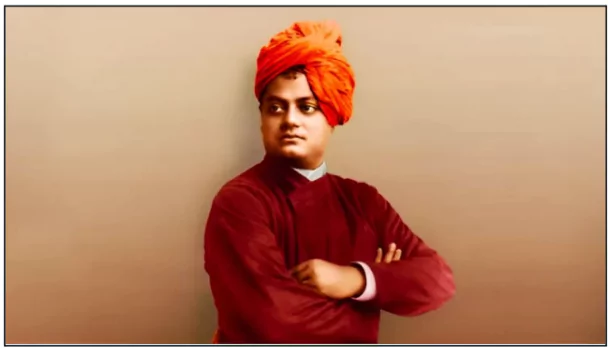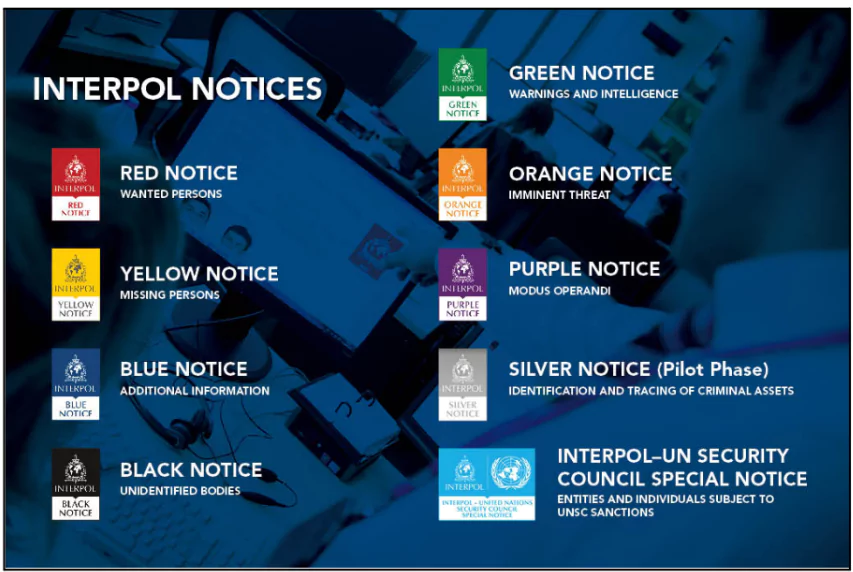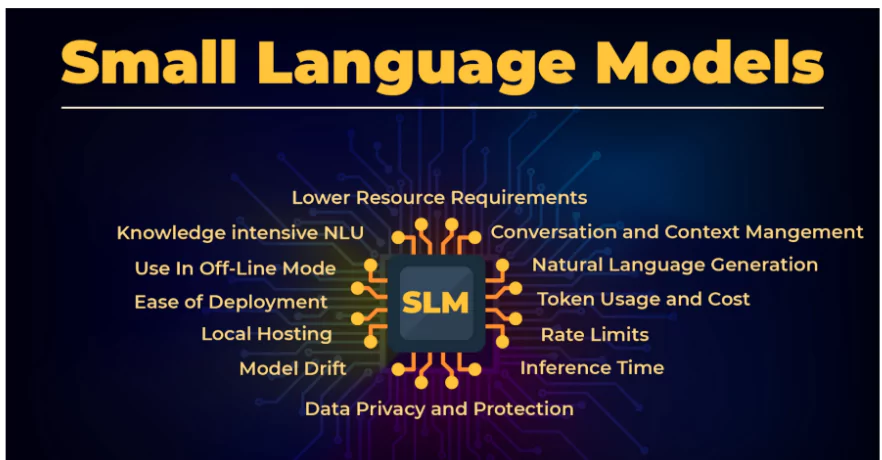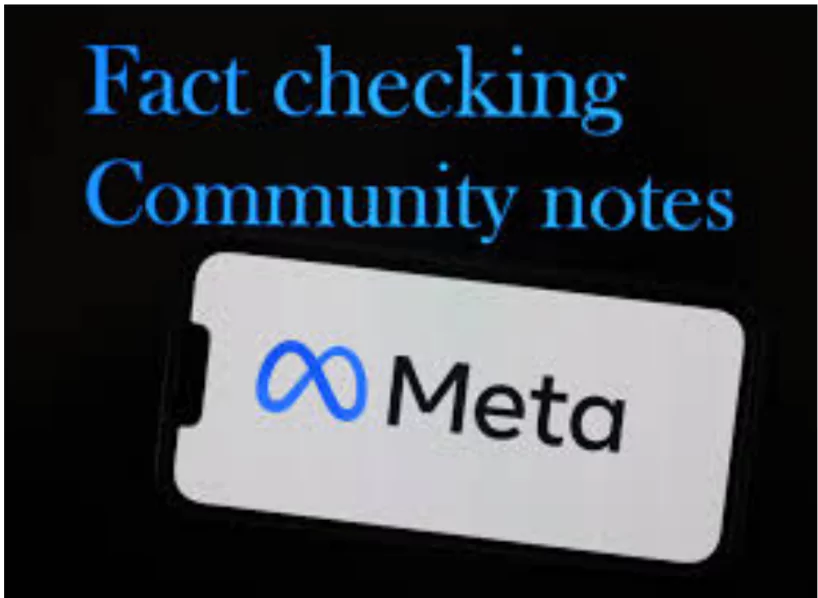A recent evaluation of the global progress toward the achievement (or not) of the Global Nutrition Targets (GNTs) was published in The Lancet.
Basic concepts related to Nutrition
|
|---|
About Global Nutrition Targets
Six Global Nutrition Targets 2025
|
|---|
Global Best Practices:
|
|---|
India’s nutrition challenges are multifaceted, spanning undernutrition, overnutrition, and implementation inefficiencies. Addressing these requires holistic strategies, including localized interventions, community engagement, and leveraging technology. By combining global best practices with tailored local solutions, India can achieve its goals of improving public health nutrition and fostering sustainable development.
National Youth Day is observed in India every year on January 12 to honour the ideals of Swami Vivekananda who was born on January 12, 1863, in Kolkata.

Swami Vivekananda’s achievements left a lasting impact on society. He worked tirelessly to improve humanity, promote spiritual enlightenment, and cultivate harmony, social justice, and interfaith understanding.
| Scheme/Initiative | Objective | Key Targets/Details |
| Nehru Yuva Kendra Sangathan (NYKS) | Develop youth personality and engage in nation-building activities |
|
| National Young Leaders Programme (NYLP) | Foster youth leadership and innovation for socio-economic development |
|
| National Programme for Youth and Adolescent Development (NPYAD) | Financial support for youth and adolescent development | 5 major Components
|
| National Youth Policy (NYP-2024) | Set a 10-year vision for youth development aligned with SDGs |
|
| National Youth Corps (NYC) | Create disciplined youth to facilitate inclusive growth and act as community role models |
|
| National Youth Awards | Recognize exemplary contributions of youth and NGOs |
|
| National Service Scheme (NSS) | Promote community service with the motto “NOT ME, BUT YOU” |
|
| Youth Hostels | Promote travel, exploration, and cultural exchange |
|
| International Cooperation | Develop international perspectives among youth and collaborate on youth-related issues |
|
Kerala’s Kappad and Chal beaches, located in Kozhikode and Kannur districts, have been awarded the prestigious Blue Flag certification.
| Beach Name | Location | Significance |
| Shivrajpur Beach | Dwarka, Gujarat | Known for its white sands and clear waters; received Blue Flag certification in October 2020. |
| Golden Beach | Puri, Odisha | Renowned for its cleanliness and proximity to the Jagannath Temple; awarded Blue Flag status in 2020. |
| Ghoghla Beach | Diu | Features a serene environment with golden sands; certified in 2020. |
| Kasarkod Beach | Uttara Kannada,
Karnataka |
A tranquil beach surrounded by Casuarina trees; received certification in 2020. |
| Padubidri Beach | Udupi, Karnataka | Noted for its eco-friendly initiatives and clean environment; awarded in 2020. |
| Rushikonda Beach | Visakhapatnam,
Andhra Pradesh |
Popular for its golden sands and water sports; certified in 2020. |
| Radhanagar Beach | Havelock Island,
Andaman & Nicobar Islands |
Famous for its pristine beauty and clear waters; awarded in 2020. |
| Kovalam Beach | Chennai, Tamil Nadu | Known for its scenic beauty and calm waters; received Blue Flag status in 2020. |
| Eden Beach | Puducherry | Offers a serene atmosphere with well-maintained surroundings; certified in 2020. |
| Minicoy Thundi Beach | Lakshadweep | Pristine white sands and turquoise waters; awarded Blue Flag certification in 2022. |
| Kadmat Beach | Lakshadweep | Popular among tourists for water sports; received certification in 2022. |
| Kappad Beach | Kozhikode, Kerala | Historical significance as the landing spot of Vasco da Gama in 1498; retained Blue Flag certification in 2025. |
| Chal Beach | Kannur, Kerala | Recognized for its eco-friendly initiatives; received Blue Flag certification in 2025. |
The International Criminal Police Organisation (Interpol) has launched its first Silver Notice, a pilot initiative to trace and recover assets laundered across international borders.

Recent estimates from the State Health Department indicate that MMR in Kerala has increased to 32 in 2024-25.

Declining Fertility Rates: Kerala’s TFR dropped below replacement levels in 1991 and is now at 1.46 (2021).
Fertility RateThe Total Fertility Rate (TFR) represents the average number of children a woman is expected to have during her reproductive years (15-49 years). Categories of Fertility Rates
Fertility Trends in India and Globally
Consequences of Declining Fertility Rates
|
|---|
Wildfires have ravaged multiple parts of Los Angeles in California affecting nearly 180,000 residents.
 Start: The fire started in Palisades located on the Pacific Ocean affecting at least 19,978 hectares (49,367 acres) and spreading rapidly to other neighbourhoods.
Start: The fire started in Palisades located on the Pacific Ocean affecting at least 19,978 hectares (49,367 acres) and spreading rapidly to other neighbourhoods.
Phos-Chek: The Pink Fire Retardant
|
|---|
About California’s Wildfire Season
|
|---|
There’s growing speculation that large language models (LLMs) are nearing their limit in terms of scaling and effectiveness.
 SLMs are affordable and accessible, allowing smaller organizations to benefit from NLP without the heavy demands of LLMs.
SLMs are affordable and accessible, allowing smaller organizations to benefit from NLP without the heavy demands of LLMs.
| Feature | Large Language Models (LLMs) | Small Language Models (SLMs) |
| Size and Complexity | Enormous size, billions or trillions of parameters | Significantly smaller, typically fewer than 10 billion parameters |
| Training Data | Trained on vast, diverse datasets spanning multiple domains | Trained on smaller, domain-specific datasets |
| Resource Consumption | High computational resources for training and inference | Lower resource requirements, more efficient for training and inference |
| Generalization | Can perform well across a wide range of tasks | Specialized for specific tasks, limited generalization capabilities |
| Customization | Require more extensive fine-tuning for specific tasks | Easier to customize due to smaller size and narrower focus |
| Performance | Generally exhibit higher accuracy and fluency in language generation | May have limitations in handling complex language tasks |
| Applications | Suitable for a wide range of applications, including content generation, translation, and question answering | Ideal for specific domains like healthcare, finance, or legal services |
Meta has replaced its independent fact-checking program in the US with a crowdsourced Community Notes system, drawing inspiration from X (formerly Twitter).

Two recent reports released have estimated that India’s poverty fell down to below 5 per cent in 2023-24.
Poverty Estimation
Committee for Poverty Estimation
|
|---|
To mark 75 years of the Republic of India, invitees to the Rashtrapati Bhavan’s “At home” reception will receive a curated box of GI-tagged crafts from Tamil Nadu, Kerala, Karnataka, Telangana, and Andhra Pradesh, highlighting the region’s rich heritage under the “One District One Product” scheme..
About “AT Home” Reception
|
|---|
 Craft Items and Significance:
Craft Items and Significance:
One District One Product
|
|---|
Context: Children born on and after January 1, 2025, will now be termed as Generation Beta marking a generational shift
Context: Mazagon Dock Shipbuilders Limited (MDL), Mumbai, handed over the sixth Scorpene submarine, Vaghsheer, to the Indian Navy under Project P-75.
What National Sports Policy can do for India’s A...
Ukraine-Russia: A War turned into a Costly Test of...
China, India and the Conflict over Buddhism
At FTA’s Heart, the Promise of Global Capacity C...
Student Suicides in Universities are often a Produ...
Milk that has its Source in Soil: The Growing Popu...
<div class="new-fform">
</div>